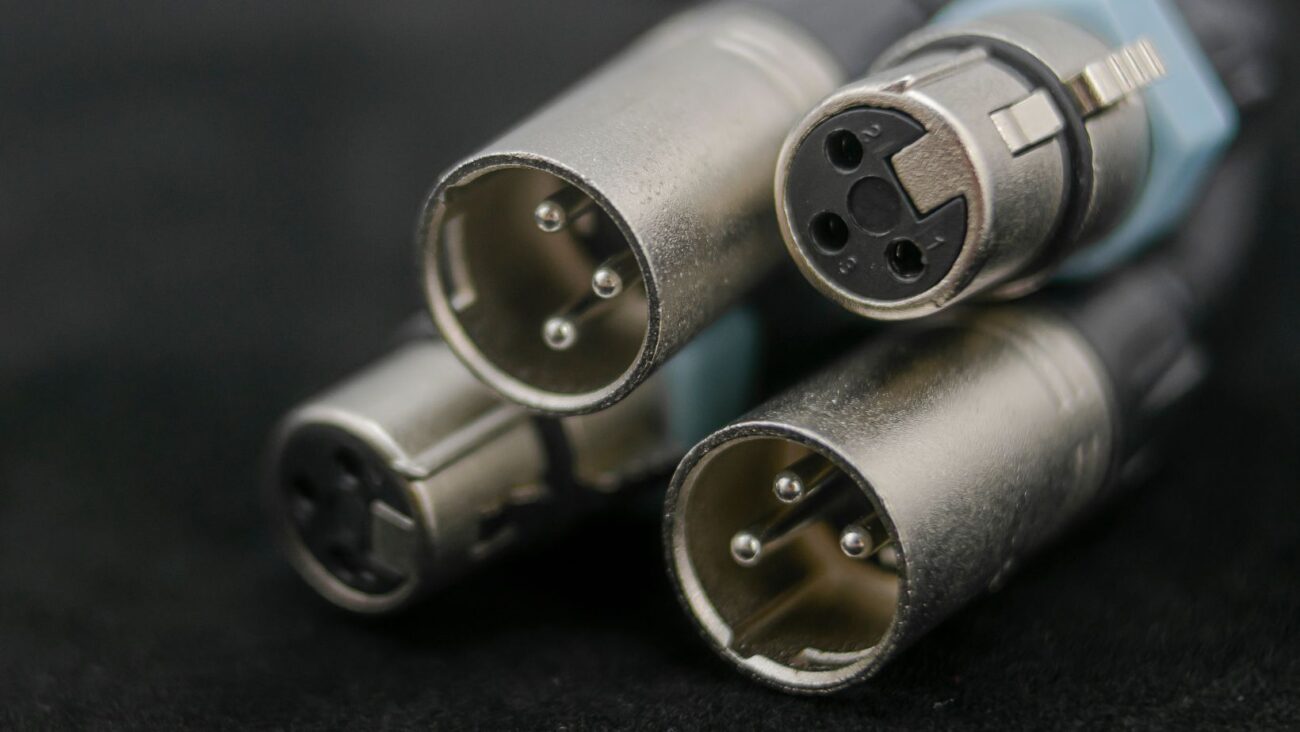Impact of Cable Length: How Long is Too Long?

There’s an ongoing debate about cable lengths in the realm of audio. From budding audiophiles to seasoned sound technicians, a question often arises: How long can an audio cable be before it starts to impact the sound quality? This blog will explore the science and practical implications of cable length on audio signals.
The Basics of Signal Loss
When an audio signal travels through a cable, it doesn’t do so without resistance. All cables, regardless of their make or quality, have inherent resistance. The longer the cable, the more resistance a signal will face. This resistance can lead to signal loss or attenuation.
Capacitance Matters
Another important factor to consider is capacitance. In simple terms, capacitance is the cable’s ability to store an electrical charge. High capacitance can lead to high-frequency roll-off, meaning the treble frequencies can be diminished. Longer cables generally have higher capacitance, so the length can impact the sound, especially in unbalanced cables.
Types of Cables and Their Limits
- Unbalanced Cables (e.g., RCA, TS) are most susceptible to interference and signal loss. For best results, keeping unbalanced cable runs under 20 feet is advisable. However, lengths up to 25 or even 30 feet might be acceptable in controlled environments free from interference.
- Balanced Cables (e.g., XLR, TRS): These are designed to counteract interference and can run much longer without significant signal loss. It’s not uncommon for balanced cables to run over 100 feet without any perceptible loss in quality.
- Speaker Cables: The length can play a role, especially regarding resistance. The more resistance is introduced, the thinner the cable and the longer the run. This is why it’s essential to choose thicker gauge cables for longer runs.
- Digital Cables (e.g., Optical, HDMI, Coaxial): These cables transmit digital signals, meaning they are less susceptible to the same kinds of interference as analog cables. However, they do have limits. For instance, HDMI cables may lose signal integrity after 50 feet unless a signal booster or repeater is used.
Practical Implications
While the science is clear, in practical terms, the impact of cable length on sound quality can vary. In a controlled studio environment, the nuances of signal loss may be more noticeable than in a bustling bar or outdoor venue. It’s also worth noting that some high-quality cables are designed to minimize signal loss over longer distances, so always consider the cable’s quality and its intended purpose.
The Bottom Line
The question of “how long is too long” for an audio cable doesn’t have a one-size-fits-all answer. It depends on the type of cable, the environment, the quality of the cable, and the specific audio needs. However, by understanding the basics of signal loss and capacitance, one can make informed decisions and ensure the best audio quality in any setup.
In conclusion, while using the shortest possible cable for a given application is always best, with the right knowledge and equipment, longer runs are certainly possible without compromising on sound. Remember, knowledge and a keen ear often go hand in hand in the audio world.
A Custom Solution Just For You
Finding the perfect length for your audio needs can be challenging. But guess what? You don’t need to compromise. Whether you’re looking for a short connection or a sprawling 200-foot masterpiece, we’ve got you covered. At Coluber Cable, we specialize in custom cables tailored to your specifications. From the studio to the stage, home theaters to professional venues, we ensure pristine sound quality no matter the length. Why settle for less when you can get the best? Contact us today, and let’s craft the perfect cable solution for you, up to 200ft and beyond!








